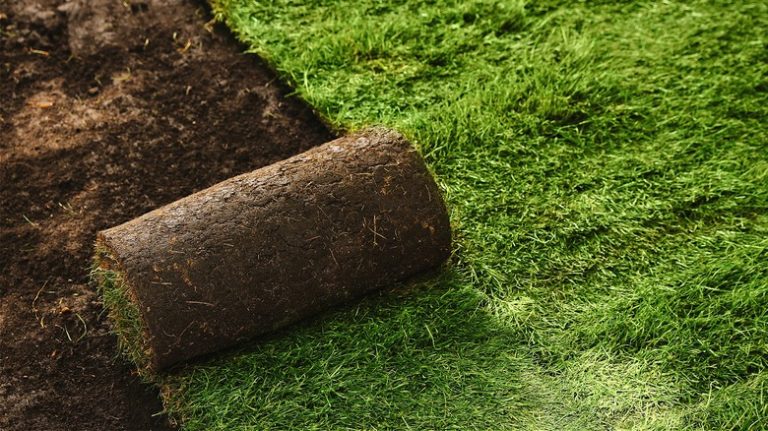Garlic mustard is an invasive, non-native weed originating in Europe and Asia and spreading rapidly throughout the Northeast and Midwest United States and Canada in recent years. It is often seen in woodland areas, filling in the areas of undergrowth with its bright green leaves and delicate white flowers. Its tendency to reseed itself and spread rapidly means it has also become a problem in domestic gardens. Gardeners need to be on the lookout for this very invasive plant and remove it promptly when it appears to prevent it from taking over and spreading.
One reason these plants spread rapidly is because they are biennials. In the first year, the plants produce short clumping plants with rounded leaves. Then, in the second year, they grow tall spikes covered in smaller leaves and produce clumps of tiny white flowers, which later go to seed. They’re quite a pretty ground cover plant in the forest, but their good looks shouldn’t make anyone pause in removing them, because once established, they colonize rapidly. Their invasiveness has caused them to dominate other undergrowth plants in forest areas, disturbing ecosystems and affecting other plant species and wildlife.
Garlic mustard may have been introduced into the United States during the Victorian era when it was recorded growing in Long Island, New York. But, it has only begun to spread invasively in the last few years. As its name suggests, it is edible and can be prepared like mustard greens. The plant also has medicinal properties.
Identification and removal of garlic mustard

First-year garlic mustard plants usually grow between 4 to 6 inches high and form a clump of rounded, bright green leaves with slightly scalloped edges. In its second year of growth, the emerging plant looks similar to first-year garlic mustard in spring, but as the leaves increase in size, they go from a rounded shape to a diamond shape with slightly serrated edges. The stalk eventually forms a clump of buds that open to display tiny white flowers with four petals, usually in late spring. These second-year plants grow between 12 to 24 inches tall.
Garlic mustard can be controlled by removing it, and it can be pulled in its first or second year of growth. It’s important to remove garlic mustard before it starts to flower, or as soon as possible after the flowers appear, because seeds will start to form — often within a matter of days. It is the spread of the tiny seeds that will allow it to continue to spread and proliferate.
When pulling garlic mustard, it’s crucial to remove the entire root system, or the plant will grow back. Choose a day after it has rained when the ground is soft. If the soil is well-drained, loose, and damp after a rainfall, you might be able to hand-pull the entire plant. However, removing the entire taproot of garlic mustard will normally require a garden knife or similar weeding tool.
Preventing garlic mustard from returning

Once you start pulling out garlic mustard, you may be surprised by how much of it you find growing. To make sure you don’t miss any of the taproots, take a fork tool, loosen the soil, and comb through it after you’re finished weeding. In thick or clay soil, you may have to use a small spade and dig up the soil a bit. Although garlic mustard thrives in well-drained, rich soil, it is also tolerant of less ideal soil conditions, which is another reason it moves so rapidly.
When you’re done pulling garlic mustard, don’t throw it on your compost heap; dispose of it separately to prevent its spread. You might even want to keep it out of your usual law waste bags and discard it in the trash, especially if the plant has already flowered, to prevent any spread of the seeds.
If you have a large area full of garlic mustard and have managed to remove it all, you can try planting another fast-growing, shade-friendly ground cover, such as sweet woodruff or lamium. Another form of prevention is to exercise caution when walking in wild or woodland areas where you see flowering garlic mustard growing. Steer clear of any patches of the plant, and if you do walk through it, clean your shoes when you get home to prevent spreading the seeds around.



